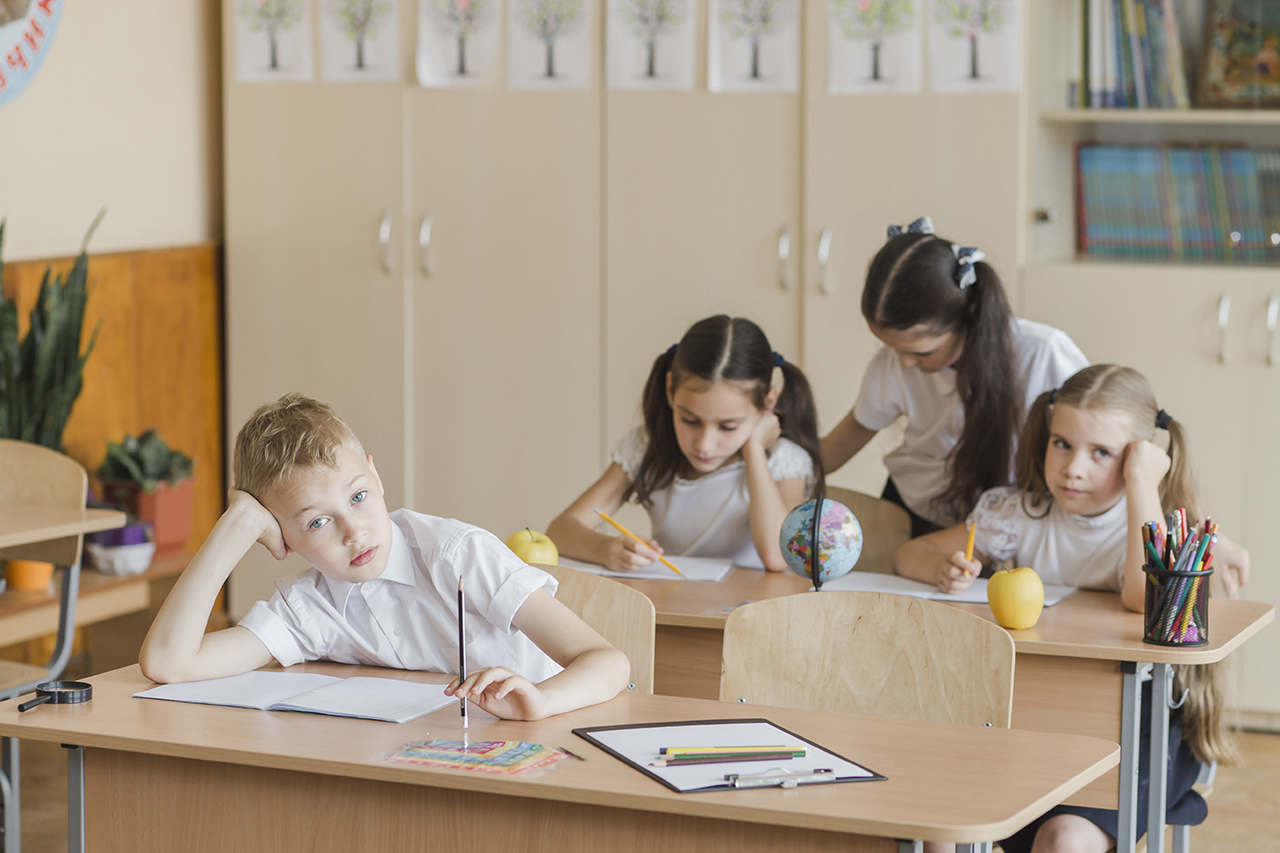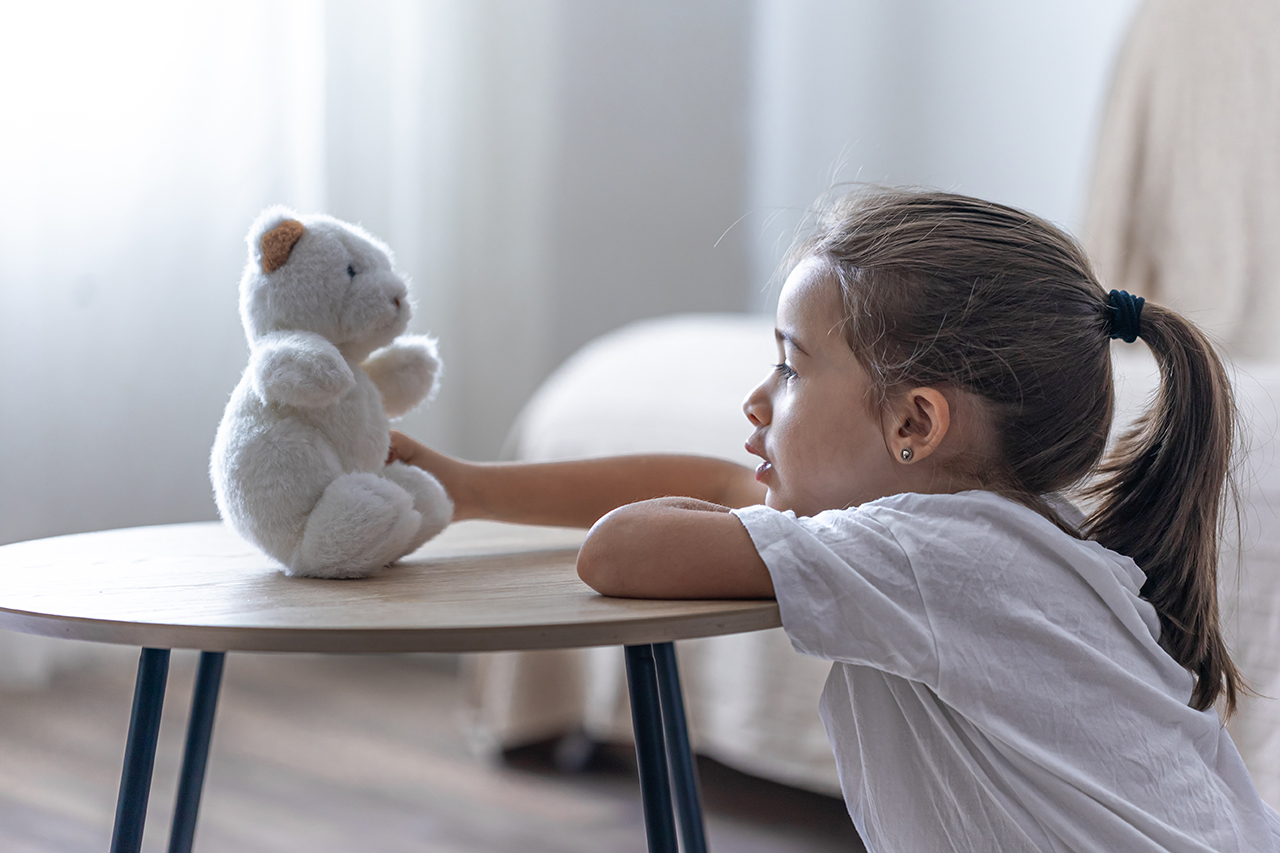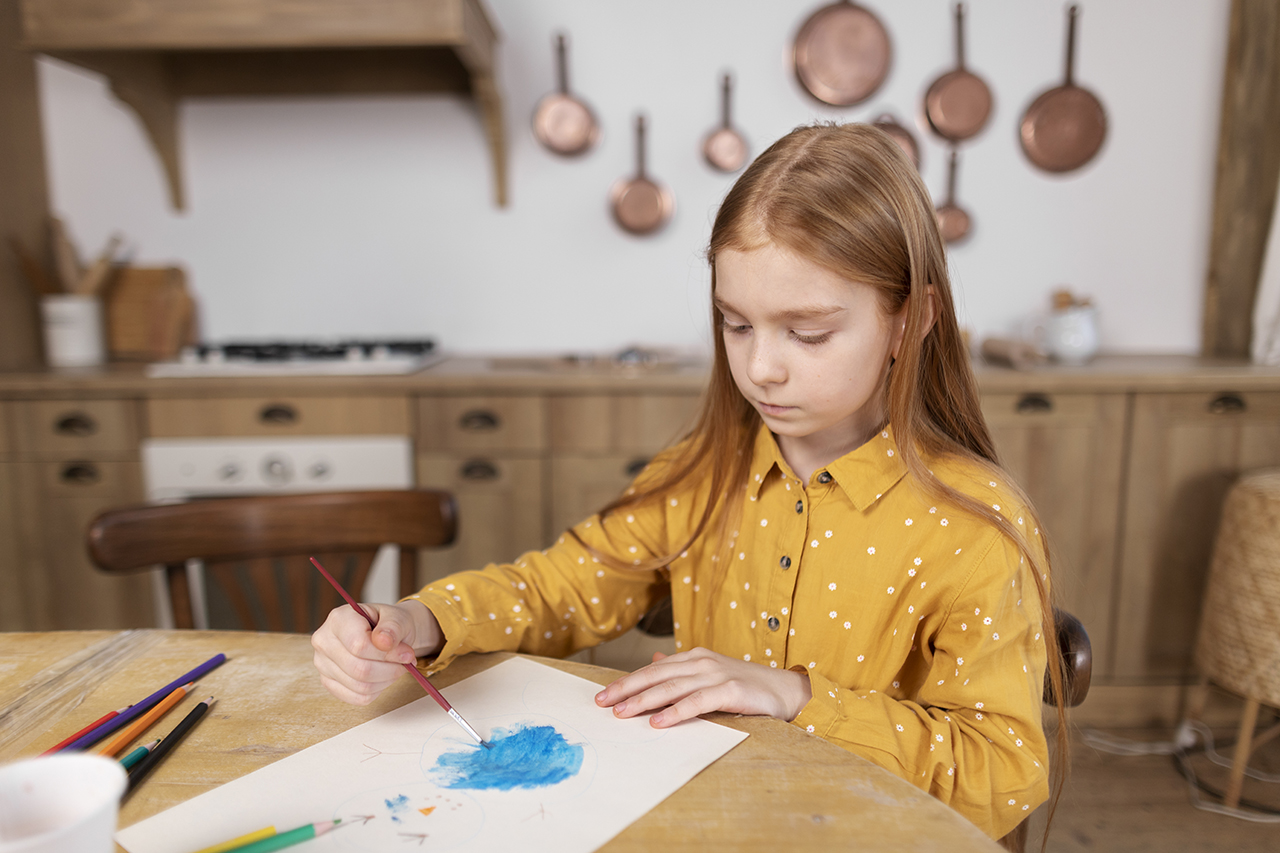For many children adapting to a new group is a difficult experience.
The child may encounter a number of problems that he or she is not able to solve on his or her own.As a result, the motivation (desire) to attend this educational/ developmental institution decreases.
In the worst cases nervousness can happen in the background of severe adaptation. On the signs of neurosis in children I have previously written in the profile.

How to understand how the child feels in a new collective? What he likes there, and what not so much?
The projective technique “school of animals” will help us to understand this. I recommend its use with children from 4 up to 10-12 years old.
How to be parents of children of younger preschool age?
Dear parents of toddlers, ORIENTATE on the behavior of the child after kindergarten/ session.
If the behavior and well-being does not change (or does not change much), then you can breathe and assume that the adaptation is more or less successful. I also wrote about adaptation in kindergarten earlier in the blog, several articles with detailed recommendations are devoted to this topic. Be sure to check them out.
BUT if you saw some of these changes:
✔️ calm child has become agitated;
✔️ active or passive;
✔️ tantrums have become more frequent;
✔️ an open and talkative child has become withdrawn;
✔️ there was a regression of skills (any);
✔️ there are fears, sleep problems, and so on.
All this may indicate that the child is experiencing a lot of stress from being in this collective.
Also, you can play (after all, preschoolers have a faithful activity – play) in the kindergarten. The main thing: let the child take the role of the host and control/ create the plot of the game. In such games, children most often reflect real feelings and actions that happen to them.

METHODOLOGY ANIMAL SCHOOL
You will need:
Paper, colored pencils.
Tell the child the following:
Now you and I are going to take a wonderful journey into a magical forest. Sit comfortably, relax, close your eyes. Imagine that we are in a sunny forest clearing. Listen to the leaves rustling above your head, the soft grass touching your feet. In the clearing you see an Animal School (or “garden of beasts” “group of beasts”). Look around you. What animals are learning in this school/ group? What beast is the teacher/ educator/ coach in it? What do the students/ animals do? What kind of animal do you see yourself as? Look at the group/ class carefully, observe what the animals are doing while I count to 10, and then open your eyes.
1,2,3….10.

Drawing Instructions:
You have just visited the Animal school. Can you please draw what you saw?
(Child draws)
After the drawing is done, ask the child to look
carefully at their drawing and find an animal that could be them. Put an “x” or the letter “I” next to it.
Thank your child for his/her drawing and for such a wonderful journey. You can ask him/her if he/she enjoyed the trip to the animal school (garden). Would he/she like to go there?
You can also discuss what is happening in the drawing:
✔️ Who is doing what?
✔️ Who is the friend of the animal with the letter “I” next to it?
✔️ Who is it not friends with?
✔️ How does the teacher/educator treat him/ her? Would he/she want someone else to be his/her teacher/ educator? Why?
✔️ Does this bear/tiger/ squirrel ever feel sad in class/ group?
✔️ Does he/ she get scared? When?
✔️ Does it ever feel joyful? What is this animal’s mood most often when mom or dad says in the morning, “it’s time to wake up and get ready for school/ group/ animal garden”?
The answers to these questions can already tell you a lot. But it often happens that children refuse or get bored (because you are not a psychologist for them, but a parent, and children are not used to this kind of activity with you), so let’s interpret the drawing.

INTERPRETATION OF THE DRAWING
1. Position of the drawing on the sheetThe position of the drawing closer to the upper edge of the sheet is interpreted as high self-esteem, as dissatisfaction with one’s position in the team, lack of recognition from others.
The position of the drawing in the lower part – insecurity, low self-esteem.
If the drawing is located on the center line, then everything is normal in the child.
2. Contours of figures
Contours of figures are analyzed by the presence or absence of protrusions (such as shields, shells, needles), drawing and darkening of lines – all this is protection from others.
That is, if a child depicts an animal that has labeled itself with the letter “I” in a shell (or something “covering”), most likely from feels NOT safe in this group.
Apprehension, fear and anxiety, can also be indicated by a large number of sharp angles in the drawing/dark or darkened contour lines, shields or barriers.
3- Pressure
When evaluating lines, attention must be paid to pressure. Stability of pressure speaks about stability, weak pressure – about manifestation of anxiety, very strong – about tension. About anxiety can indicate the discontinuity of lines, the presence of bypasses, traces of erasure.
4. Presence of details corresponding to the sensory organs – eyes, ears, mouth.
The absence of eyes indicates the rejection of information, the image of ears (the more large and detailed drawn) indicates interest in information, especially concerning the opinion of others about themselves. Open, shaded mouth – about the ease of fears. Teeth – a sign of verbal aggression.
Pay attention to the other animals (those surrounding the animal labeled “I”). What are they like? Are there any that have fangs? Are there any that are poisonous? Or maybe ones with claws?
If there are, they are most likely children whose actions hurt/protect the child or their friends (other children).
5. The analysis of the quality and interaction of characters shows the peculiarities of communicative relations
A large number of characters entering into various relations with each other (playing, depicted in learning activities, etc.) and the absence of dividing lines between them speaks about favorable relations with classmates/ classmates. Otherwise, we can speak about difficulties in building contacts with other pupils/children.
6. The nature of relations between the animal-teacher (educator) and the animal representing the child
Is there no opposition between them? How are the figures of the teacher and the pupil positioned in relation to each other?
7. Depiction of learning activities
If there is no depiction of learning activities, it can be assumed that the school attracts the child with extracurricular aspects. If there are no pupils, teacher, learning or playing activities, the drawing does not depict the school of animals or people, then we can make an assumption that the child has not formed the position of a pupil, he/ she does not realize his/ her tasks as a schoolboy.
This point is relevant for schoolchildren. If your child does not go to school yet – safely skip it.
8. Color scheme
Bright, cheerful tones indicate a child’s favorable emotional state at school. Gloomy tones can (key word can, but not necessarily so. There are cases when black and gray is the favorite color) indicate unhappiness and depressed state.
With care for your children,
Anita Vayakanti
art therapist, child psychologist, master’s degree in health and developmental psychology.
